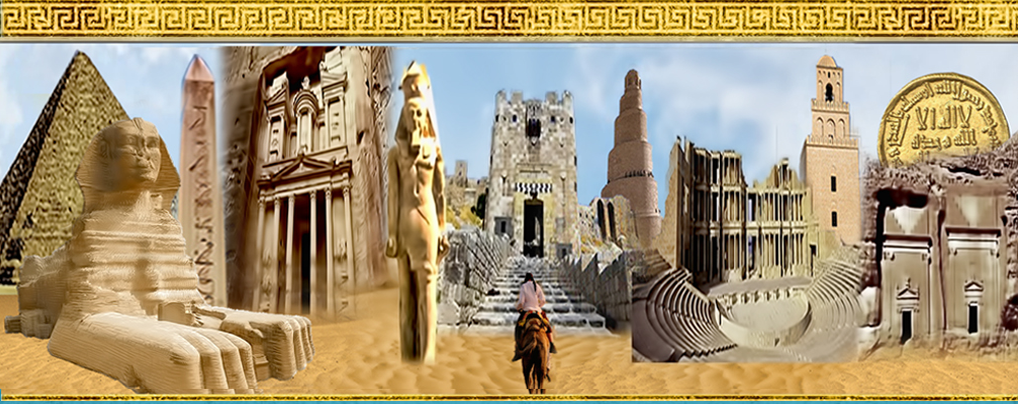Journal of the General Union of Arab Archaeologists

Abstract
(En) Aulos and crotals are two totally different musical instruments. Aulos is a wind instrument, while the crotals are of percussion type. They were preferably played in Egypt during the Graeco-roman period.
Aulos αὐλός was widely used in Graeco-roman Egypt and connected with cults of Egyptian deities like Bes, Hathor, Bastet and Harpocates; and Greek and Roman divinities like Dionysus (Bacchus), Athena (Minerva), and Apollo. This can be attested by historians, scenes, terra-cotta figurines and daily writings. However, the oboe (the double pipe musical instrument) had already been known in Pharonic Egypt and represented in many musical scenes in the tombs from at least the New Kingdom. During the Ptolemaic period, the aulos replaced the Egyptian oboe and played a great role in everyday life.
As for crotals Κκρόταλα, they were percussion musical instruments already known in Greek and Roman worlds. They had been also known in Egypt since early times and well attested during the Graeco-roman period and played a great role in the Egyptian society then.
The research studies the importance of each instrument in Graeco-roman Egypt at the religious and secular levels, through investigating their role in history, mythologies, and art. Moreover, the research also studies the connection between the two instruments and when they were played together in Graeco-roman Egypt. The research also results in important roles concerning the two musical instruments; aulos and crotals in Graeco-roman Egypt. These roles can be divided in religious ones connected with the cult of different divinities; Egyptian, Greek and Roman; religious festivals, and other roles related to daily life activities.
Recommended Citation
el-Kady, Marwa
(2018)
"AULOS AND CROTALS IN GRAECO-ROMAN EGYPT,"
Journal of the General Union of Arab Archaeologists: Vol. 3:
Iss.
1, Article 3.
Available at:
https://digitalcommons.aaru.edu.jo/jguaa/vol3/iss1/3

